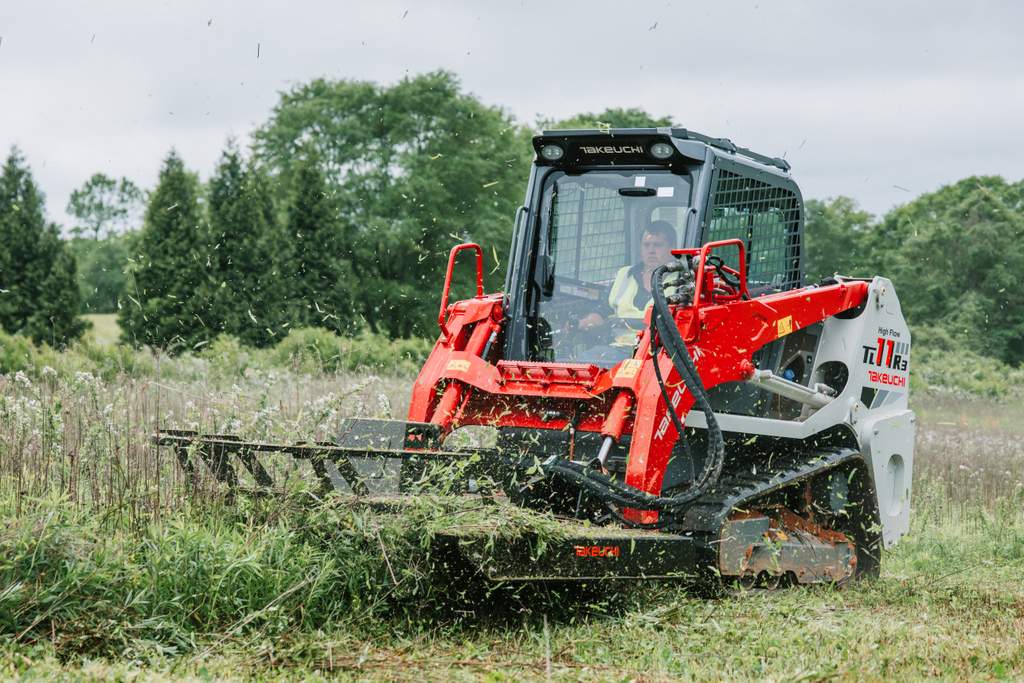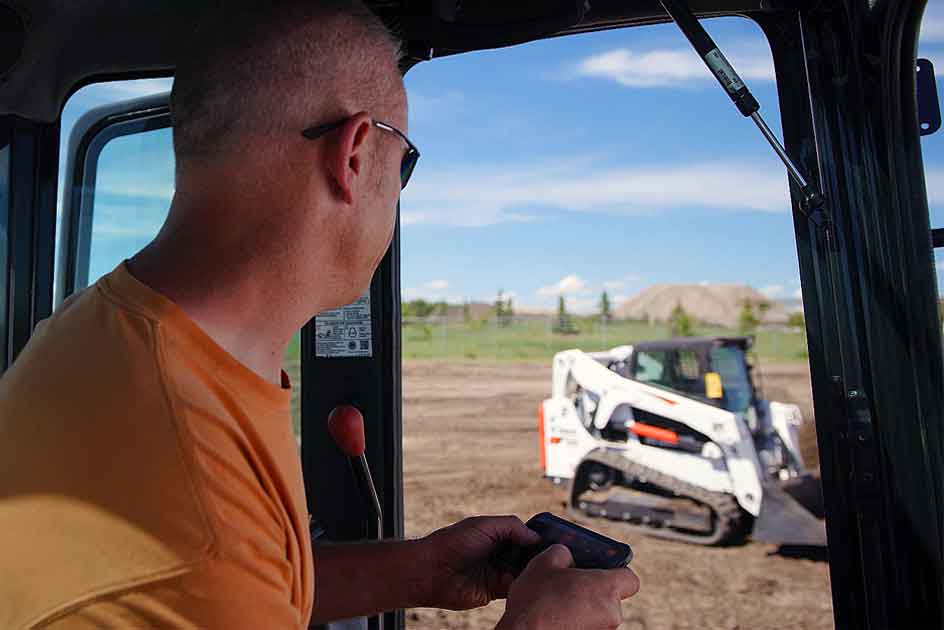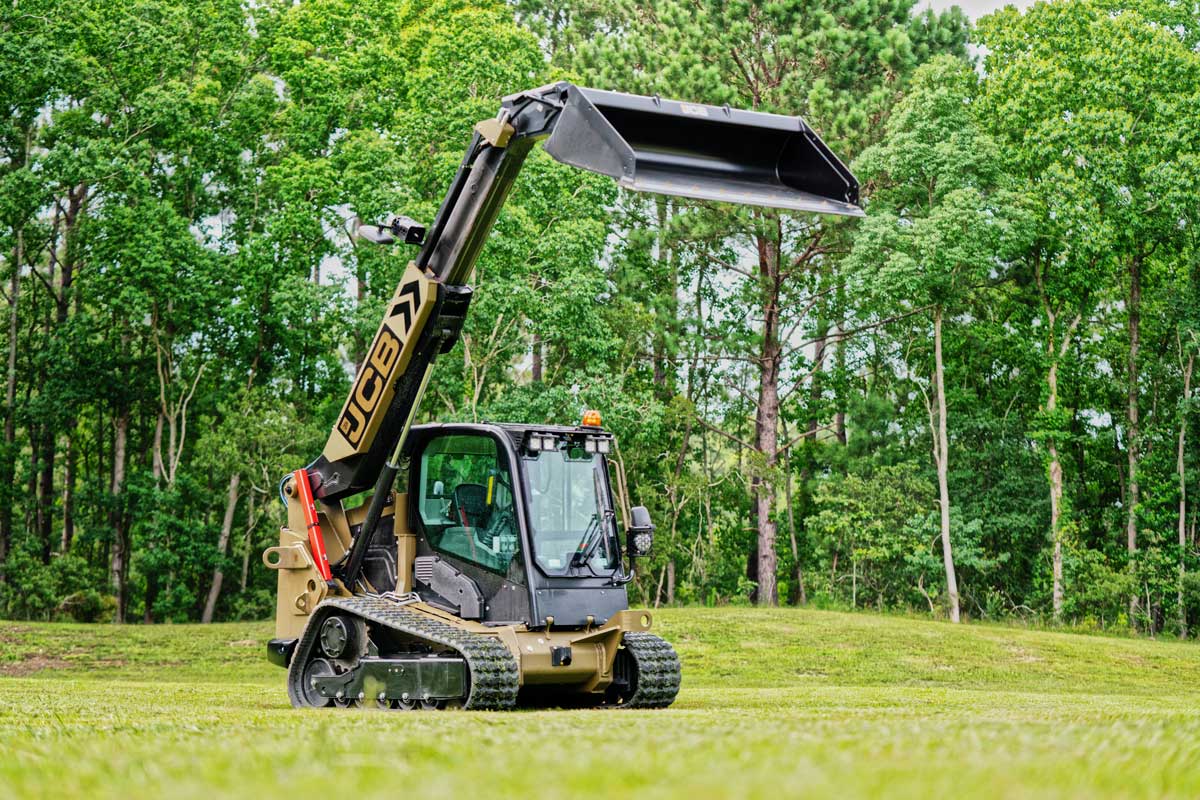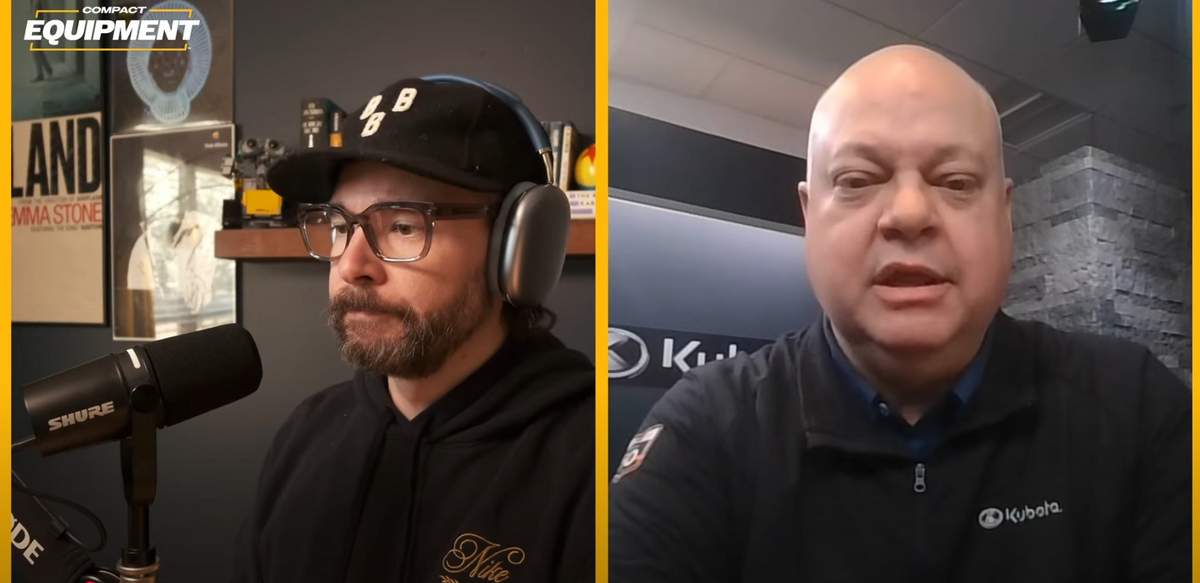Operational Insights and Technology Suggestions from Top Skid Steer/Track Loader Experts
Besides your kids and pets, almost anyone is allowed to jump into a skid steer or track loader and start operating. There’s no training required, license to acquire or schooling needed. While skid steers are not overly complicated to operate, there are definitely dos and don’ts. Keep the bucket low during travel. Don’t travel sideways on steep hills. Do a daily maintenance checklist before operation. Buckle your seat belt. To ensure our readers are up to date on the best operational techniques, we reached out to the top manufacturers in the industry to ask for pro tips for improved skid steer operation. Here’s what they came up with.
 Start with a Maintenance Inspection
Start with a Maintenance Inspection
Kevin Coleman, Senior Product Marketing
Engineer with Caterpillar
Walk around the machine looking for anything out of place, looking for items that may be loose or any signs of a fluid leak. Spending a few minutes at the beginning of a shift can identify a smaller issue that needs to be addressed before it becomes a larger problem that may prevent the machine from working properly. Check the tire pressure or track tension, as this can affect the performance of the machine. When connecting work tool attachments, be sure to check your attachment to ensure it is secure. A visual confirmation that the coupler pins are properly engaged into the tool interface is a good first step. Operators should also apply down pressure on the tool and move the machine backward slightly to verify the connection. When doing trench work, always be sure to check your surroundings because using this tool requires the machine to work in reverse. Clear sightlines allow the operator to see the bucket edge, coupler and track or wheel edges. Items like a rearview mirror and rearview camera can provide a wide-angle picture of the hard-to-see areas behind the machine without having to constantly turn your head.
 Next, Pick Your Operation Preferences
Next, Pick Your Operation Preferences
Jorge De Hoyos, Senior Project Manager with Kubota
When operating a unit for the first time, there is a tendency to just get in the seat and go. While the eagerness is appreciated, such practice can lead to an unrecoverable bad first impression. First time users, whether it is their first time on a skid steer or simply first time on this model, should follow these steps after walking around the unit, performing any pre-operational checks: adjust your seat position; adjust the suspension of your seat by dialing in your approximate weight; if applicable, adjust the control levers and restraints to better comfort your unique profile; adjust your rearview mirrors; find the indicator panel that tells you which options might light up; and know what control pattern you will be operating: ISO, H or foot controls. Failure to follow these steps may lead to improper feedback on visibility, stability, maneuverability and control joystick user friendliness. Properly setting up your seat and controls will set the operator up for a much better user experience.
 For Snow Removal…
For Snow Removal…
George Chaney, Sales Manager at JCB
There are many types of attachments used in snow removal, such as snow blades, snow pushes, snow buckets and, of course, snow blowers. A snow blade is one of the best overall values, and it’s popular throughout the world. They’re not very expensive and have a spring-mounted safety mechanism that raises the blade in the event a manhole cover or some other obstruction is encountered. A snow bucket would be more useful if you have to load up the snow you’ve removed into the back of a large truck and haul it away. Of course, you have some people who prefer snow blower attachments. With those, you can simply shoot the snow away from the area you’re clearing rather than pile it up or haul it off. When it comes to maintenance, don’t forget about your snow removal attachments. Make sure they’re properly maintained and fitted correctly. If you’re using a hydraulically driven attachment, make sure all the parts are working. There is nothing worse than putting an attachment on, and it doesn’t work right — especially in inclement weather when it’s desperately needed.
 Vertical or Radial?
Vertical or Radial?
Jonathan Martinez, Product Specialist at Takeuchi-US
Best practices for skid steer usage begin with understanding the advantages of vertical- and radial-lift patterns. Skid steer loaders are undoubtedly one of the most versatile pieces of equipment with one of the lowest costs of operation, but if the loader is not suited for the application, then productivity will decrease and operating costs will increase because of the additional wear on the machine. Skid steers excel in performance where the ground is flat and where speed is an advantage, such as on large jobsites. Understanding the differences between vertical- and radial-lift skid steers will also help match the machine to the job. Simply stated, a vertical-lift machine is ideally suited for lifting and loading applications because of its breakout forces and lift height. Radial-lift machines are more common in grading and digging scenarios.
 Anti-Stall Systems
Anti-Stall Systems
Brad Wenger, Marketing Specialist for New Holland Construction
With electro-hydraulic controls coupled with an engine management system or anti-stall, keep in mind how they help you stay productive on the jobsite. When going into a hard dig with your bucket, you may find that the skid steer loader’s wheels slow down or stop spinning as you try to lift your full bucket out of the ground. What is happening behind the scenes is that the engine realizes it may not have enough power to both drive forward and lift out the heavy load in your bucket, so it prioritizes power to your lift cylinders. If you want to continue driving forward, just pull back on the drive handle and re-engage it. An engine management system protects you from stalling out the machine, which reduces work efficiency and dry spinning your turbo (oil is only injected while the system is powered). Every time you stall a machine due to not having anti-stall, you have to restart the machine, disengage the park brake and cycle the hydraulics again before moving the machine. With anti-stall, you just need to pull back on the handle and re-engage it to re-prioritize your power resources.
 Get Properly Attached
Get Properly Attached
John Dotto, Brand Marketing Manager for Case Construction Equipment
Skid steer loaders are versatile machines, and they switch out attachments often on a job. While this is great for productivity on jobsites of all sizes, this also means that the hydraulic connectors are being exposed to dust, debris and other possible contaminates. Whenever changing attachments, operators should be sure to check that all hydraulic connections are clean and cleared of any debris. It is also important to make sure that the connections are properly lubricated, and to check for any wear on the connectors — on both the skid steer coupler and the attachment. Remember, if an attachment has not been properly maintained, contractors run the risk of contaminating the hydraulic system of their skid steer every time the attachment is used.
 Operating a Trencher
Operating a Trencher
Gregg Zupancic, Product Marketing Manager with John Deere
Construction and Forestry
Trenchers are important attachments in the construction segment for anyone doing underground work for utilities, as well as for landscapers working on irrigation. Smaller trenchers range from 3- to 4-ft working depth and don’t require high flow. If you go with a larger trencher, between 5- to 6-ft working depth, you should seriously consider a high-flow option that provides more power to easily cut through the ground without overloading the engine or hydraulics. Because a skid steer operator is going backward while running a trencher, there are a few machine features to consider to make this work easier and more ergonomic. One feature is creep mode. Creep mode allows the operator to match the travel speed of a skid steer with the production of a chain. It takes the work and thought out of trenching by matching your wheel speed with the productivity of the attachment. Another option that’s growing in popularity is a reversing camera.











